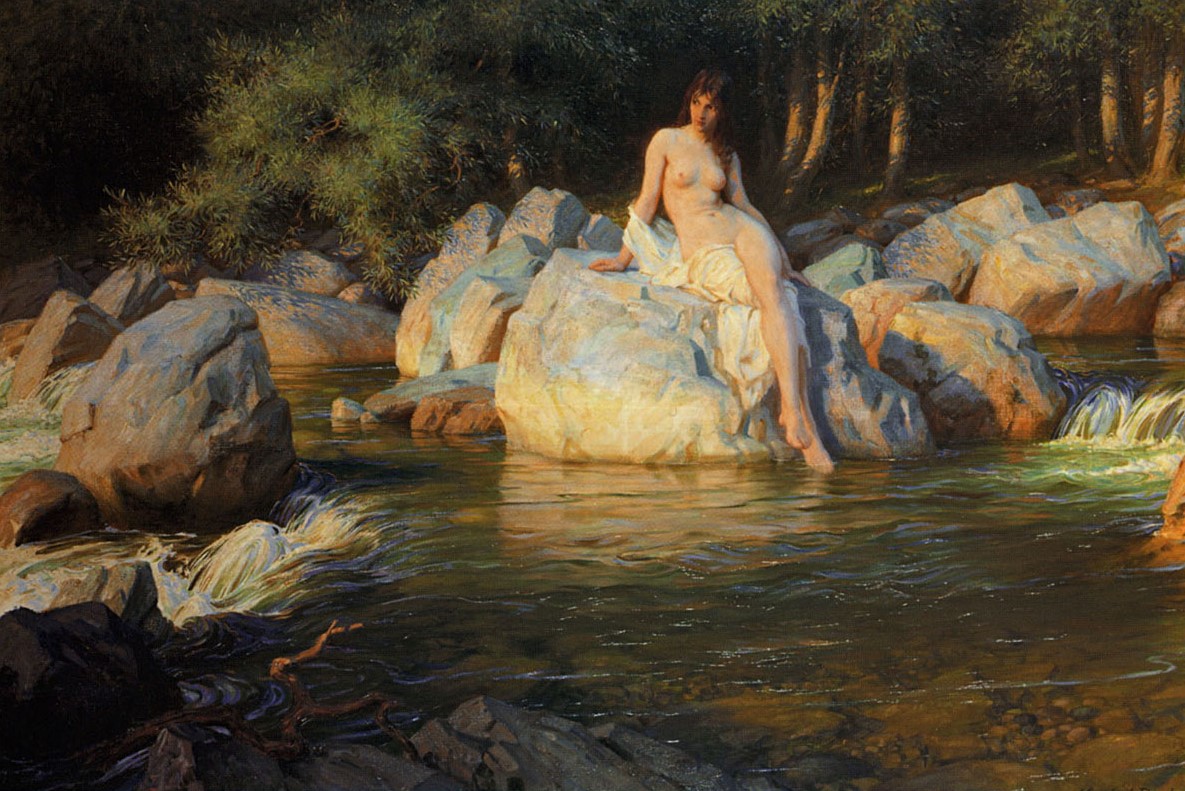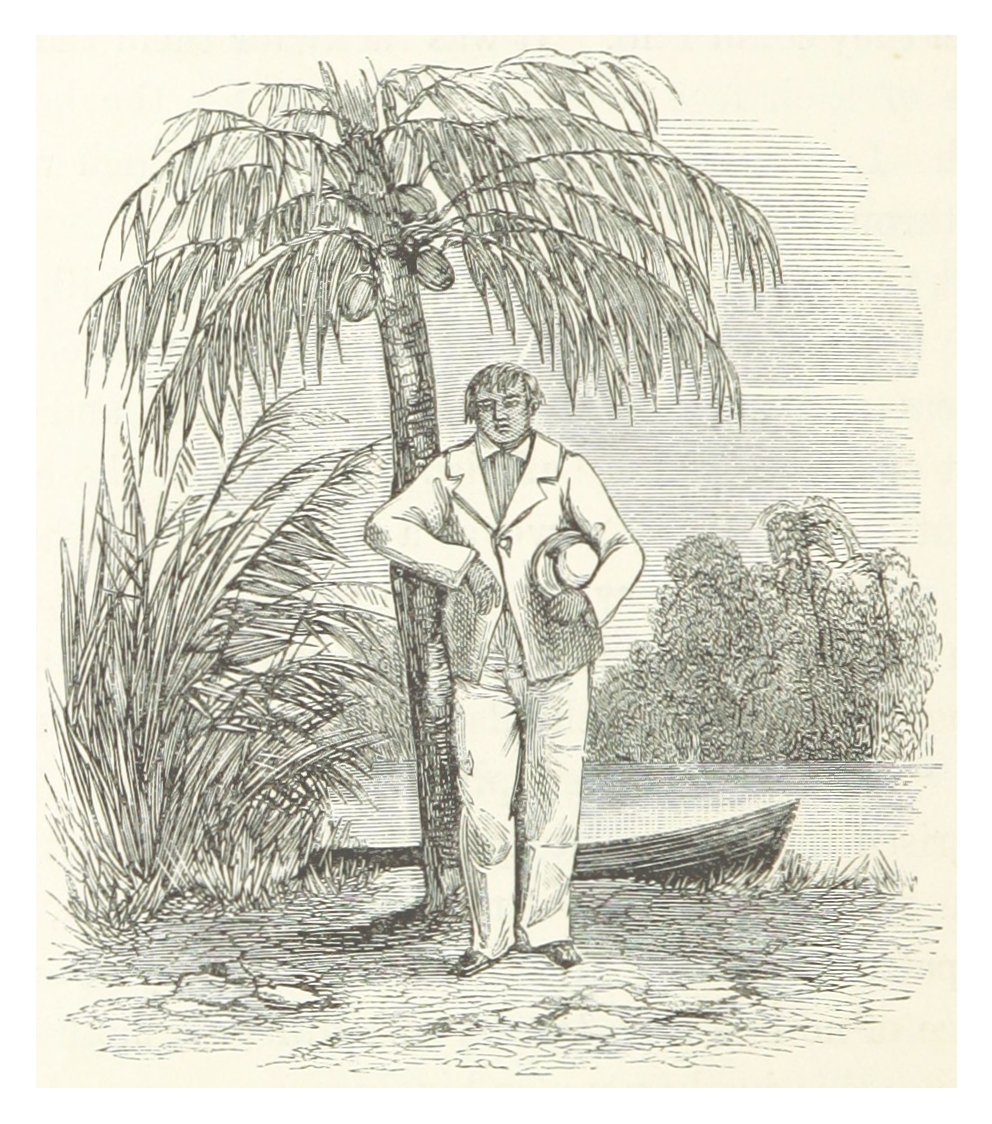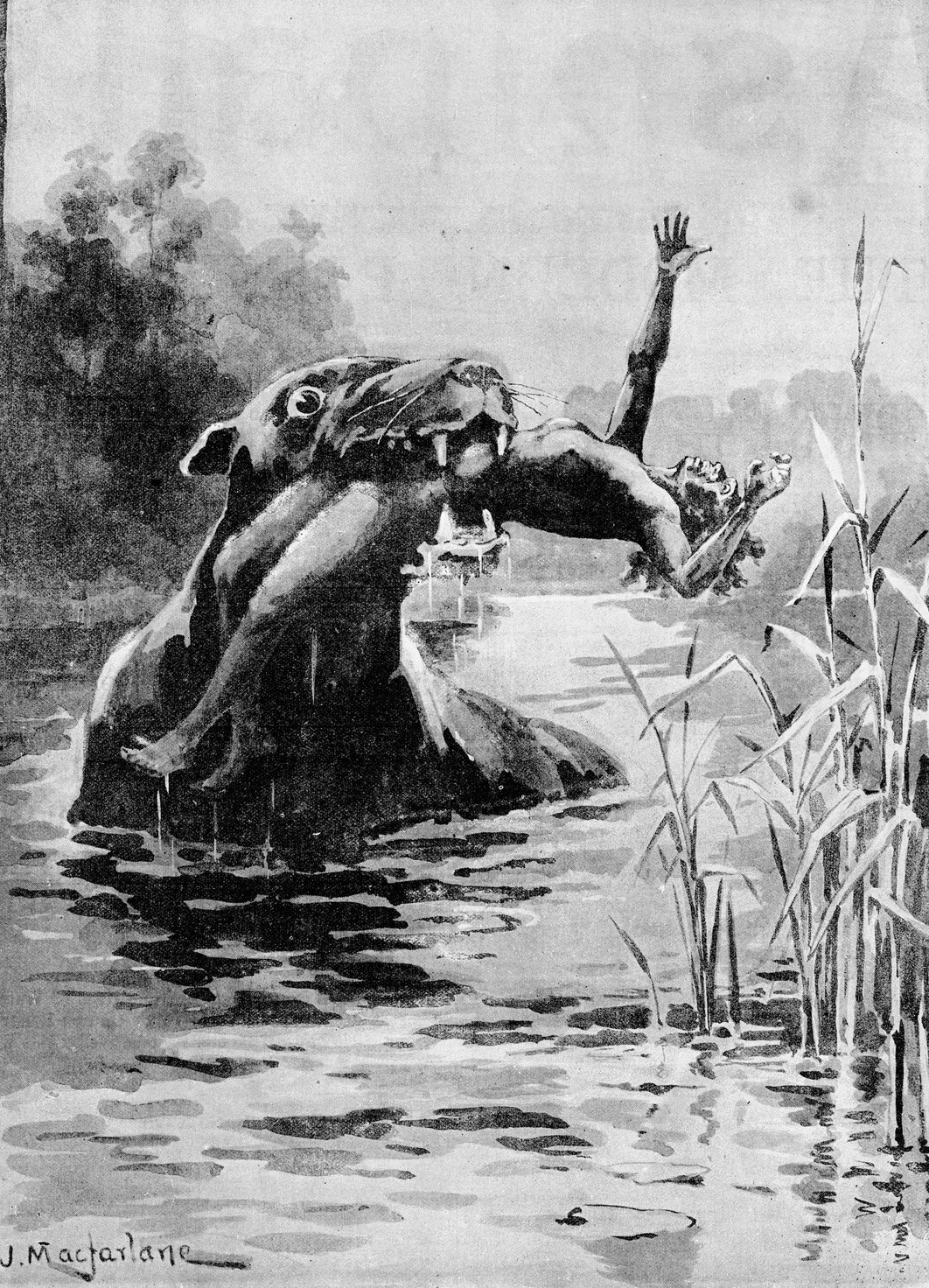|
Wihwin
Wihwin is the name given to a malevolent water spirit of Central America, particularly associated with the Miskito tribe. Similar mythological creatures around the world include the kelpie in Scotland, the Scandinavian bäckahäst and the Australian bunyip The bunyip is a creature from the aboriginal mythology of southeastern Australia, said to lurk in swamps, billabongs, creeks, riverbeds, and waterholes. Name The origin of the word ''bunyip'' has been traced to the Wemba-Wemba or Wergaia .... Although normally a sea-dwelling demon, it prowls through mountain ridges during the summer months. The horse-shaped monster has "jaws fenced round with horrid teeth", which it uses to consume humans and other prey it finds on its nocturnal hunts. References Citations Bibliography * * * * {{refend Horses in mythology Water spirits Indigenous Mesoamerican legendary creatures ... [...More Info...] [...Related Items...] OR: [Wikipedia] [Google] [Baidu] |
Kelpie
A kelpie, or water kelpie (Scottish Gaelic: ''Each-Uisge''), is a shape-shifting spirit inhabiting lochs in Scottish folklore. It is usually described as a black horse-like creature, able to adopt human form. Some accounts state that the kelpie retains its hooves when appearing as a human, leading to its association with the Christian idea of Satan as alluded to by Robert Burns in his 1786 poem " Address to the Devil". Almost every sizeable body of water in Scotland has an associated kelpie story, but the most extensively reported is that of Loch Ness. The kelpie has counterparts across the world, such as the Germanic nixie, the wihwin of South America and the Australian bunyip. The origins of narratives about the creature are unclear but the practical purpose of keeping children away from dangerous stretches of water and warning young women to be wary of handsome strangers has been noted in secondary literature. Kelpies have been portrayed in their various forms in art a ... [...More Info...] [...Related Items...] OR: [Wikipedia] [Google] [Baidu] |
Miskito People
The Miskitos are a native people in Central America. Their territory extends from Cape Camarón, Honduras, to Río Grande de Matagalpa, Nicaragua, along the Mosquito Coast, in the Western Caribbean Zone. Their population is estimated at 700,000 people as of 2021 according to the official Miskito Database. The Miskito people speak a native Miskito language, but many can also speak Miskito Coast Creole, Spanish, English, and German. Spanish is the language of education and government, but some family educate their children in English, German, or Miskito. Miskito Coast Creole, an English-based creole language, came about through frequent contact with the British for trading, as they predominated along this coast. Many are Christians. A 1987 peace agreement afforded them land rights over traditional lands. However, despite significant political struggles throughout their history, today the Miskito face human rights violations over land rights disputes, as recognized by the In ... [...More Info...] [...Related Items...] OR: [Wikipedia] [Google] [Baidu] |
Scandinavian Folklore
Nordic folklore is the folklore of Denmark, Norway, Sweden, Iceland and the Faroe Islands. It has common roots with, and has been mutually influenced by, folklore in England, Germany, the Low Countries, the Baltic countries, Finland and Sapmi. Folklore is a concept encompassing expressive traditions of a particular culture or group. The peoples of Scandinavia are heterogenous, as are the oral genres and material culture that has been common in their lands. However, there are some commonalities across Scandinavian folkloric traditions, among them a common ground in elements from Norse mythology as well as Christian conceptions of the world. Among the many tales common in Scandinavian oral traditions, some have become known beyond Scandinavian borders – examples include The Three Billy Goats Gruff and The Giant Who Had No Heart in His Body. Beings A large number of different mythological creatures from Scandinavian folklore have become well known in other parts of the world ... [...More Info...] [...Related Items...] OR: [Wikipedia] [Google] [Baidu] |
Neck (water Spirit)
The Nixie, Nixy, Nix, Näcken, Nicor, Nøkk, or Nøkken (german: Nixe; nl, nikker, ; da, nøkke; Norwegian nb, nøkk; nn, nykk; sv, näck; fo, nykur; fi, näkki; is, nykur; et, näkk; ang, nicor; eng, neck or ) are humanoid, and often shapeshifting water spirits in Germanic mythology and folklore. Under a variety of names, they are common to the stories of all Germanic peoples,The article ''Näcken''tome 20, p. 317 in (1914) although they are perhaps best known from Scandinavian folklore. The related English ''knucker'' was generally depicted as a wyrm or dragon, although more recent versions depict the spirits in other forms. Their sex, bynames, and various transformations vary geographically. The German and his Scandinavian counterparts were male. The German was a female river mermaid. Similar creatures are known from other parts of Europe, such as the Melusine in France, the Xana in Asturias (Spain), and the Slavic water spirits (e.g. the Rusalka) in S ... [...More Info...] [...Related Items...] OR: [Wikipedia] [Google] [Baidu] |
Bunyip
The bunyip is a creature from the aboriginal mythology of southeastern Australia, said to lurk in swamps, billabongs, creeks, riverbeds, and waterholes. Name The origin of the word ''bunyip'' has been traced to the Wemba-Wemba or Wergaia language of the Aboriginal people of Victoria, in South-Eastern Australia. The word ''bunyip'' is usually translated by Aboriginal Australians today as "devil" or "evil spirit". This contemporary translation may not accurately represent the role of the bunyip in pre-contact Aboriginal mythology or its possible origins before written accounts were made. Some modern sources allude to a linguistic connection between the bunyip and Bunjil, "a mythic 'Great Man' who made the mountains, rivers, man, and all the animals". The word ''bahnyip'' first appeared in the ''Sydney Gazette'' in 1812. It was used by James Ives to describe "a large black animal like a seal, with a terrible voice which creates terror among the blacks". Distribution The b ... [...More Info...] [...Related Items...] OR: [Wikipedia] [Google] [Baidu] |
Horses In Mythology
The horse (''Equus ferus caballus'') is a domesticated, one-toed, hoofed mammal. It belongs to the taxonomic family Equidae and is one of two extant subspecies of ''Equus ferus''. The horse has evolved over the past 45 to 55 million years from a small multi-toed creature, ''Eohippus'', into the large, single-toed animal of today. Humans began domesticating horses around 4000 BCE, and their domestication is believed to have been widespread by 3000 BCE. Horses in the subspecies ''caballus'' are domesticated, although some domesticated populations live in the wild as feral horses. These feral populations are not true wild horses, as this term is used to describe horses that have never been domesticated. There is an extensive, specialized vocabulary used to describe equine-related concepts, covering everything from anatomy to life stages, size, colors, markings, breeds, locomotion, and behavior. Horses are adapted to run, allowing them to quickly escape predators, and ... [...More Info...] [...Related Items...] OR: [Wikipedia] [Google] [Baidu] |
Water Spirits
Water (chemical formula ) is an inorganic, transparent, tasteless, odorless, and nearly colorless chemical substance, which is the main constituent of Earth's hydrosphere and the fluids of all known living organisms (in which it acts as a solvent). It is vital for all known forms of life, despite not providing food, energy or organic micronutrients. Its chemical formula, H2O, indicates that each of its molecules contains one oxygen and two hydrogen atoms, connected by covalent bonds. The hydrogen atoms are attached to the oxygen atom at an angle of 104.45°. "Water" is also the name of the liquid state of H2O at standard temperature and pressure. A number of natural states of water exist. It forms precipitation in the form of rain and aerosols in the form of fog. Clouds consist of suspended droplets of water and ice, its solid state. When finely divided, crystalline ice may precipitate in the form of snow. The gaseous state of water is steam or water vapor. Water covers ab ... [...More Info...] [...Related Items...] OR: [Wikipedia] [Google] [Baidu] |



2.jpg)

